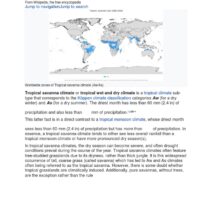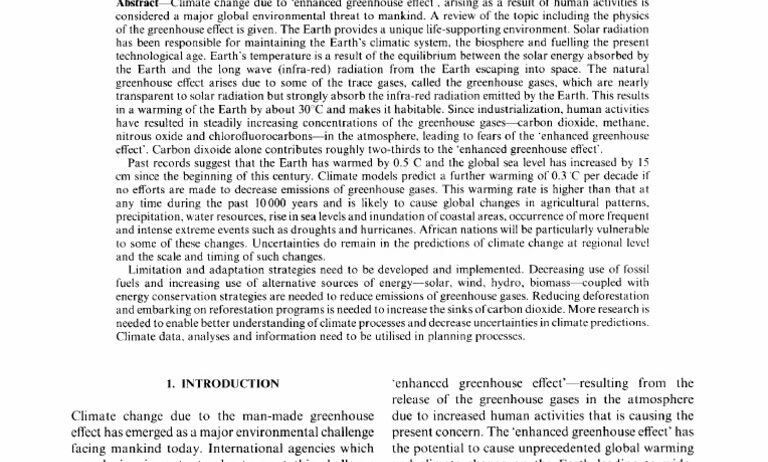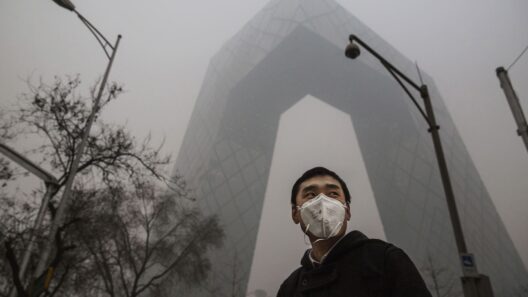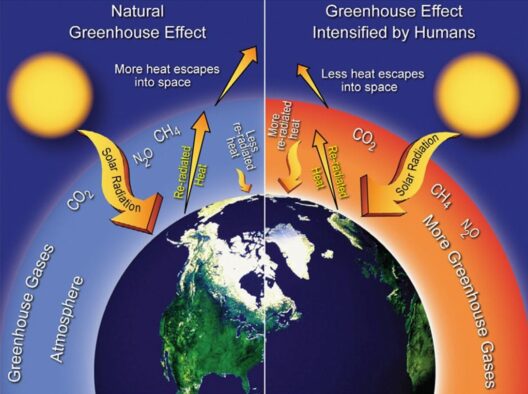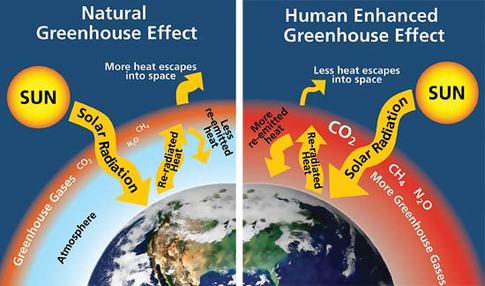The greenhouse effect is a phenomenon that has captivated scientists for centuries. It is a fundamental concept in climatology, explaining how certain gases trap heat in the Earth’s atmosphere, thereby regulating our planet’s temperature. While the essence of this effect seems simple, the history of its discovery is intricately woven into the fabric of scientific inquiry and environmental consciousness. This article endeavors to trace the path of knowledge leading us to our current understanding of the greenhouse effect, highlighting the contributions of key figures and the evolution of ideas that have shaped this pivotal climate concept.
Curiosity igniting scientific revolution
To apprehend the greenhouse effect, it is essential to venture back to the 19th century when scientists began to systematically explore the nature of heat and gases. The roots of this exploration can be traced to the burgeoning fields of thermodynamics and atmospheric science. It was during this time that the intellectual passions of several pioneering figures coalesced, forging the way for the greenhouse effect’s formulation.
One of the earliest scientists to delve into the intricacies of gases and heat retention was John Tyndall, an Irish physicist. In the 1850s, Tyndall conducted groundbreaking experiments that illuminated the role of certain gases in absorbing infrared radiation. His meticulous study revealed that certain atmospheric constituents, particularly water vapor and carbon dioxide, were notably effective in trapping heat. This was a seminal moment, as Tyndall was, in essence, elucidating the very mechanics of the greenhouse effect.
Expanding horizons: From Tyndall to Arrhenius
As understanding evolved, so too did the quest for knowledge about how human activities were influencing the planet’s climate. Enter Svante Arrhenius, a Swedish scientist whose contributions to the understanding of the greenhouse effect in the late 19th and early 20th centuries were monumental. Arrhenius expanded upon Tyndall’s initial discoveries and offered a more comprehensive mathematical framework for predicting the impact of elevated CO2 levels on global temperatures.
In his 1896 paper, Arrhenius hypothesized that the combustion of fossil fuels would increase atmospheric carbon dioxide, leading to a warmer climate. This was a startling revelation for its time; he suggested that even a modest increase in CO2 could profoundly impact global temperatures. Arrhenius’s insights foreshadowed modern climate change theories, showcasing the already burgeoning concern over anthropogenic contributions to greenhouse gas concentrations.
The interplay between science and societal perceptions
Throughout the early 20th century, interest in the greenhouse effect fluctuated alongside societal priorities. The devastation of World War I and the Great Depression shifted scientific focus away from climate studies to immediate human concerns. However, the mid-20th century marked a resurgence of interest in the science of the atmosphere, driven by technological advancements and a growing awareness of global environmental issues.
As the decades progressed, the visibility of the environmental movement brought renewed attention to the greenhouse effect, leading to important research initiatives. By the 1970s and 1980s, the relationship between increased greenhouse gas emissions and climate change became increasingly evident. The work of scientists, including Charles David Keeling, who developed the Keeling Curve measuring the increase of carbon dioxide in the atmosphere, laid the foundation for widespread public awareness and concern.
Unraveling the threads of climate psychology
What captivates society’s interest in the greenhouse effect? Perhaps it is the stark realization that our actions—industrialization, deforestation, and fossil fuel combustion—directly influence the planet’s delicate equilibrium. Along with scientific inquiry, the greenhouse effect evokes a profound psychological engagement with our environment; it serves as a dire reminder of the consequences of human negligence and the responsibility we bear.
The intricate interplay between knowledge and action is complex yet vital. The continuum of discoveries leading to contemporary climate science compels humanity to confront uncomfortable truths. As the greenhouse effect is scrutinized by policymakers and environmental activists, it influences legislative actions, international agreements, and grassroots movements. It is a testament to the power of scientific understanding to mobilize societal change.
Looking forward: The ongoing journey of discovery
Today, as the clarion call of climate change reverberates globally, the greenhouse effect remains central to our understanding of the evolving climate crisis. Interdisciplinary studies continue to refine our knowledge, followed by the influx of technology and data that further illuminate the pervasive impacts of climate change. Enhanced climate modeling and community engagement empower individuals and organizations to advocate for sustainable practices that mitigate the greenhouse effect.
The history of the greenhouse effect is not merely a chronicle of scientific breakthroughs; it encapsulates a human story of curiosity, responsibility, and resilience. As we forge ahead, it is imperative to remain cognizant of the intrinsic connection between our actions and the health of our planet. The narrative began with Tyndall and Arrhenius—today, it beckons us to actively participate in the preservation of our Earth’s climate.
